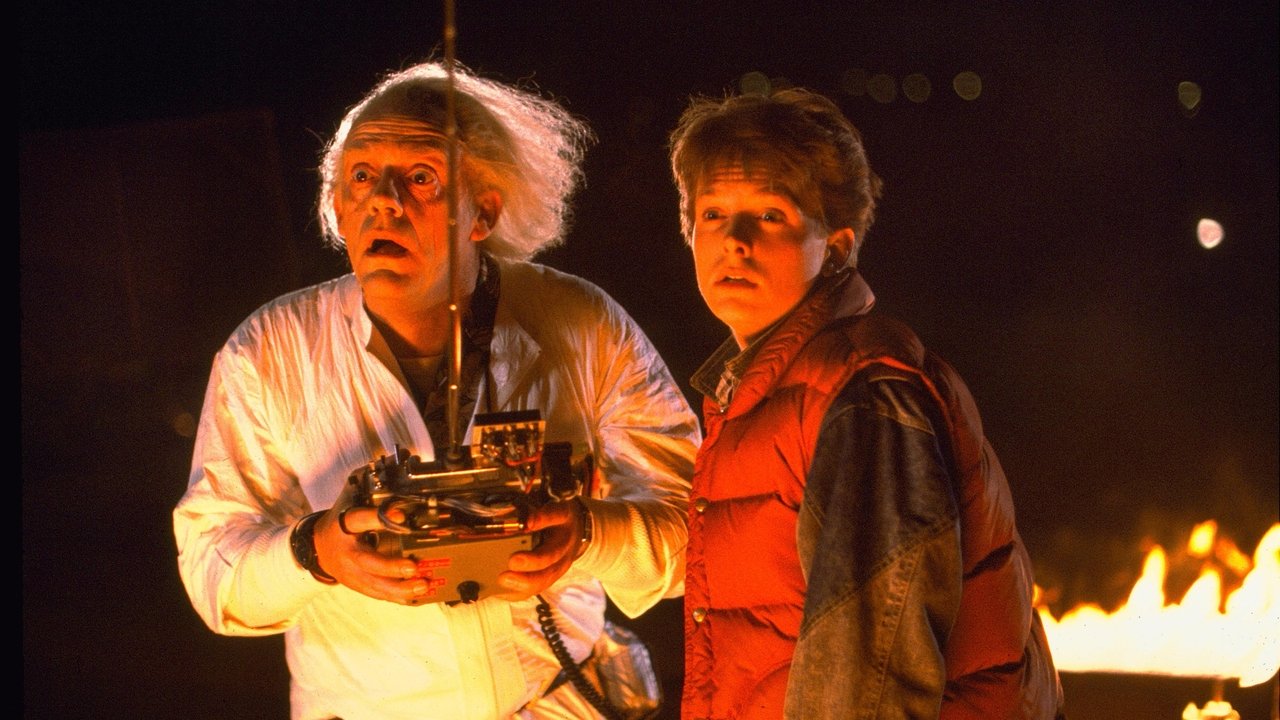
Back to the Future
Robert Zemeckis’s Back to the Future is a masterclass in high-concept storytelling, balancing sci-fi mechanics, humor, and emotional resonance within a tight, engaging narrative. This critique explores its visual composition, narrative design, musical impact, character trajectories, and thematic depth.
Visual Style
Dean Cundey’s cinematography shifts seamlessly between the saturated 1985 present and the nostalgic past of 1955. The film’s visual strategy—framing key objects like clocks and wires early in scenes—allows clever setups and payoffs within a brisk runtime. Dynamic camera moves during chase and lab sequences heighten the film’s kinetic energy.
Narrative Design
Zemeckis and Bob Gale’s screenplay ingeniously fuses time-travel mechanics with teenage drama. The story is meticulously structured—introducing Marty’s dilemma, escalating complications in 1955, and resolving back in the future—with each beat built through economy and precision. The iconic clocktower climax resolves both narrative tension and emotional stakes.
Music & Sound Design
Alan Silvestri’s propulsive, brass‑driven score anchors both action and emotion, while his three-note motifs deliver forward momentum. Silvestri’s theme became iconic, layered throughout the film to sustain intensity and nostalgia. Period source tracks—Huey Lewis & the News’ “The Power of Love,” Marvin Berry’s “Earth Angel,” and Marty’s rendition of “Johnny B. Goode”—contrast eras and underscore character agency and cultural irony.
Character Development
Marty McFly embodies youthful optimism and vulnerability, navigating a world he doesn’t fully understand while impacting his parents’ past. Doc Brown is the eccentric heart of scientific wonder and moral compass. Supporting characters—George’s latent courage, Lorraine’s transformation, Biff’s bullying—amplify Marty’s impact on both timelines, reinforcing the ripple effect of choice.
Thematic Resonance
BTTF delves into destiny, identity, and generational influence. It interrogates how small actions echo through time, empowering characters (and viewers) to shape their future. The film’s humor and emotional core underpin its sci-fi core, rendering it timeless.
Final Thoughts
Back to the Future transcends nostalgic sci-fi to become a cultural touchstone—a story about family, courage, and the infinite possibilities contained within a single moment. Its blend of technical ingenuity, emotional clarity, and fun makes it a perfect emblem of blockbuster storytelling.